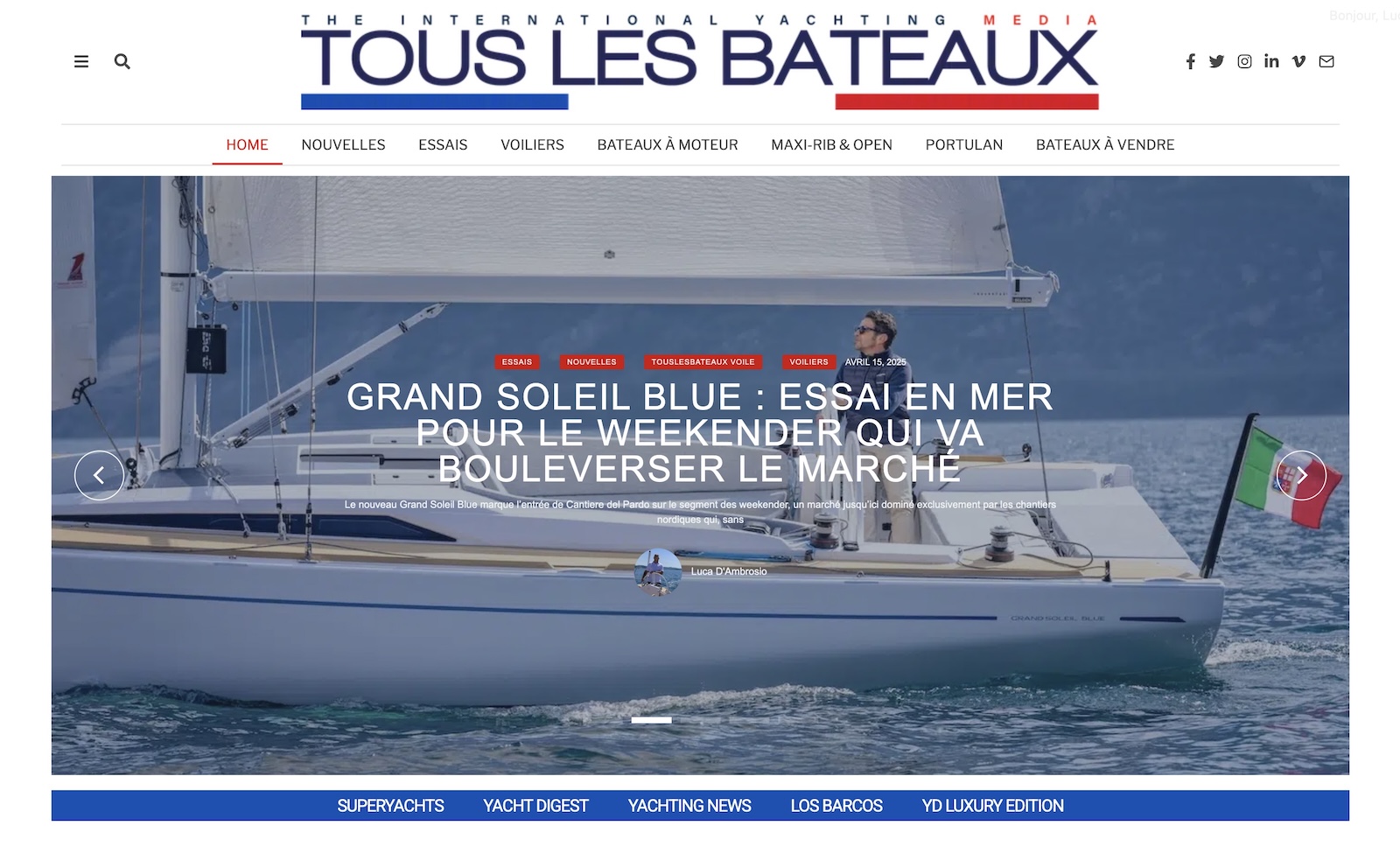SelvaLeggi l’articolo in italiano
Finally, Carlo Selva reached us in Santa Teresa di Gallura; he took away our loved Torqeedo 503 and gave us a Sea Bass 5 HP.
We tested it and, we admit, we abused it with great satisfaction. Let’s see why…
Technical Data

Water-cooled, with the exhaust on the foot, it has an innovative automatic lubrification oil injection system, which allows a simple maintenance.
The inverter is triggered through a lever including the traditional A-F-R positions; the shank rotates 360 degrees, the standard propeller is 3-bladed with built-in Silent-block system.
Sea Trial

In short, we simulated the typical use of the most negligent and distacted among yachtsmen; in practice, we let it soaked every night, with the foot always in water. During our transfers ( over 300 miles in total until today), we let it on our tender, the now-famous Selva 270 VIB about which we’ll talk later, with the fuel tap always open.
Sometimes, we even glided by putting the throttle up (really funny). In short, we really stressed it, both mechanically and in terms of engine, but it never cracked.
Now, let’s see our test data:
Ignition:
Although we always let the fuel tap open, Sea Bass 5 always started with the first, or the second, shot.
In the morning, at the first starting, it’s sufficient to pull the starter to the max, while, when the engine is warm, you only need to take the gas control knob to the START position.
Performances (registered with GPS, almost calm sea, Selva 270 VIB tender) :
With only one passenger aboard, it glides in about 4-5 seconds by reaching a top speed of 15.9 knots. But it’s already funny to sail and glide at 10 knots, with a very low consumption.
With two passengers aboard, it still glides and reaches 12 knots, while, with three passengers, it works a little harder with a maximum speed of 9.6 knots.
With four passengers, it doesn’t glide and it reaches a top speed of 7.2 knots, even if we preferred to sail at 5 knots with a not too lifted bow.
But what astonished us is the couple, really exciting.
https://youtu.be/5hEbTF1_Qrs
Consumption:
With no precision instruments available, we took some empirical measurements based on time, distance and speed. In Arbatax, we were moored at about 1.5 miles far from the gas station and we received the visits of some friends of ours; with the fuel tank full, I sailed 6 miles in total, always at top speed, to get and bring my friends back at night (too funny); the following morning, 20% of fuel was left, which means that I consumed about 1.3 litres to get 6 miles at top speed, so a comsumption of 0.2/0.25 l/mile.
Really a low consumption for such a high speed. For the rest, with a normal use and normal speed, our full tank lasted a week.
Conclusions
Such a powerful engine, especially on a tender provided with a V-shaped bottom like our Selva 270 VIB, ensures great perfomances aboard.
High speed, shorter distances, more time available and, not the least, lots of fun!
A great thank you to the Selva dealer in Santa Teresa di Gallura, Elica Centro Nautico, 



























